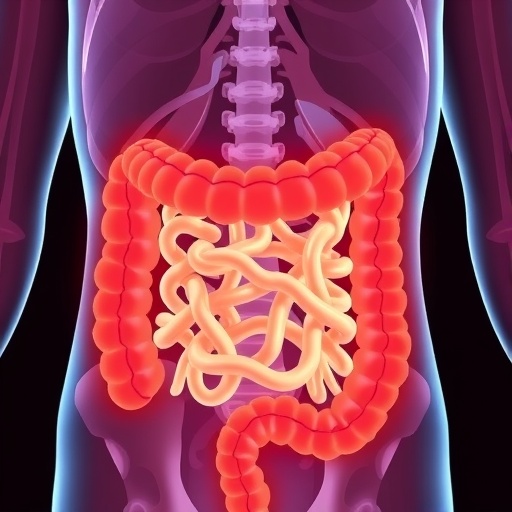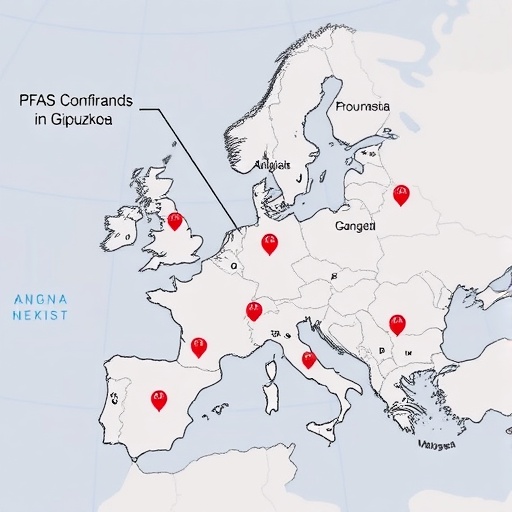ITHACA, N.Y. – The most common and potentially lethal complication following a heart attack is the heart's inability to do one of its most basic jobs: beat at a normal rate.
Following myocardial infarction, heart muscle cells are replaced by fibroblasts and new blood vessels, which do not conduct electricity and leave the heart susceptible to ventricular tachycardia – an excessive heart rate that can result in sudden death. These non-heart cells disrupt the normal pattern of electrical conduction that is critical for effective pumping. If there were a way to make these cells electrically active, one could bridge the conduction block to a certain degree, and greatly decrease dangerous post-infarction complications.
Michael Kotlikoff, provost of Cornell University and a professor of molecular physiology, is part of an international collaboration that is aiming to bridge that gap in damaged hearts with a simple gene-therapy approach.
Their paper, "Overexpression of Cx43 in Cells of the Myocardial Scar: Correction of Post-infarct Arrhythmias Through Heterotypic Cell-Cell Coupling," was published in Nature Scientific Reports. The team was led by Bernd Fleischmann, M.D., professor and chairman of the Institute of Physiology at the University of Bonn, with whom Kotlikoff has collaborated for almost 30 years.
Their work demonstrates a dramatic reduction of post-infarction arrhythmias in mice following the transfer of a single gene, Connexin43, which electrically couples non-excitable cells to undamaged heart cells.
"We've created a bridge for the electrical signal," Fleischmann said. "We suspected it would work. We suspected that the cells we were putting in were actually working in this way, but it is really exciting."
The group's excitement is tempered by the reality that these are mouse hearts, with induced, regularly shaped infarctions that are fractions of the size of those in humans. The spatial difference, Kotlikoff said, is not trivial.
"Whether this will work in humans, or even in larger animals, that's still a question and my colleagues in Germany are pursuing this," Kotlikoff said.
Still, he said, what's most exciting about this is the ease with which this procedure could be done, if tests on larger animals prove successful.
"It could be a very simple medical procedure," Kotlikoff said. "One could imagine a relatively noninvasive procedure in which the gene is introduced through a catheter, resulting in long term protection."
###
Cornell University has television, ISDN and dedicated Skype/Google+ Hangout studios available for media interviews.
Media Contact
Jeff Tyson
[email protected]
607-793-5769
@cornell
http://pressoffice.cornell.edu
http://news.cornell.edu/stories/2018/05/kotlikoff-part-international-research-effort-prevent-heart-arrhythmia
Related Journal Article
http://dx.doi.org/10.1038/s41598-018-25147-8




